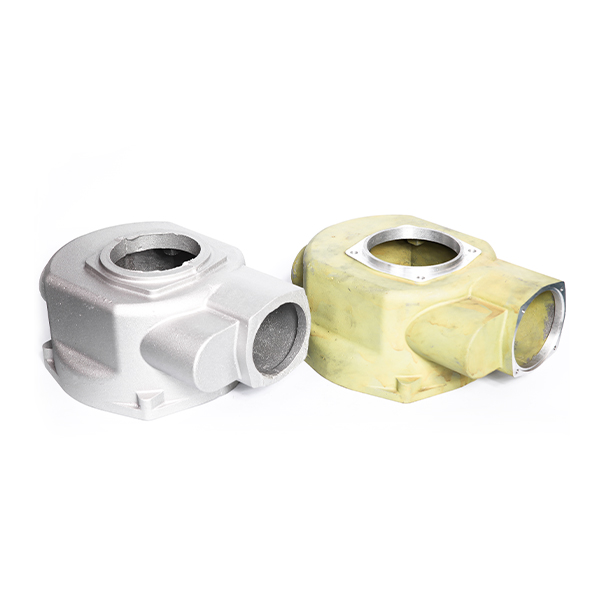Mobile:+86-311-808-126-83
Email:info@ydcastings.com
Techniques for Sand Casting Aluminum for Optimal Results and Efficiency in Foundry Processes
Casting Aluminum in Sand A Traditional Technique in Modern Manufacturing
Aluminum casting is a crucial process in manufacturing industries, providing a versatile solution for creating components ranging from automotive parts to intricate machinery. Among the various casting methods, sand casting stands out due to its simplicity, cost-effectiveness, and adaptability. This article delves into the fundamentals of sand casting aluminum and its relevance in contemporary manufacturing.
What is Sand Casting?
Sand casting is one of the oldest and most widely used casting processes. It involves creating a mold from sand, which is then used to pour molten aluminum to form a desired shape. The basic components of sand casting include a pattern, mold, core (if necessary), and the molten metal. The pattern, usually made of metal or wood, is crafted to the exact dimensions of the final product. The sand, often mixed with a binding agent like clay and water, is compacted around the pattern to create a mold cavity.
The Sand Casting Process for Aluminum
The sand casting process begins with the creation of a mold. The pattern is pressed into a prepared mixture of sand and binder, forming the cavity that will shape the aluminum. Once the mold is formed, it is opened, and any cores required to create internal passages are added. The two halves of the mold are then reassembled, and molten aluminum is poured into the cavity through a gating system.
As the aluminum cools and solidifies, it takes the shape of the mold. After sufficient cooling, the sand mold is broken away to reveal the cast component. This method allows for a wide range of sizes and shapes, from small to large parts, making it extremely versatile for various industries.
Advantages of Sand Casting Aluminum
casting aluminum in sand

One of the most significant advantages of sand casting aluminum is its cost-effectiveness. The materials required for sand molds are relatively inexpensive compared to other casting methods, such as die casting or investment casting. This makes sand casting an ideal choice for both high-volume production and one-off prototypes.
Additionally, sand casting can accommodate complex designs and diverse geometries, offering the flexibility to produce components with intricate features. The process can handle different aluminum alloys, allowing manufacturers to choose a specific material to meet particular performance requirements.
Another notable advantage is the ease of producing large castings. Sand casting enables the creation of substantial components that would be challenging or too costly to produce using alternative methods. This capability is particularly valuable in industries like aerospace and automotive, where large components are often necessary.
Challenges and Considerations
Despite its many advantages, sand casting aluminum also presents challenges. The surface finish may not be as smooth as other casting methods, often requiring additional machining or finishing processes. There is also the potential for defects such as sand inclusions or porosity, which can compromise the integrity of the final product.
Furthermore, the environmental implications of sand casting, especially concerning sand disposal and grain material usage, have prompted industries to seek more sustainable practices. Advances in technology aim to address these issues by introducing more eco-friendly binder systems and recycling sand for multiple uses.
Conclusion
In conclusion, sand casting aluminum remains a pillar of modern manufacturing, combining age-old techniques with new innovations. Its cost-effectiveness, adaptability, and ability to produce large, complex components make it invaluable in various industries. As manufacturers continue to refine the process and address its challenges, sand casting is likely to maintain its relevance in a rapidly evolving manufacturing landscape, reflecting a blend of tradition and modernity.
-
Why Is Choosing the Right Motor Housing Critical for Engine Performance?NewsJul.18,2025
-
Which Impeller Types Best Optimize Your Pump’s Efficiency?NewsJul.18,2025
-
Optimize Maintenance Efficiency with Durable Oil Catch SolutionsNewsJul.18,2025
-
Maximize Pump Performance with Precision-Engineered ComponentsNewsJul.18,2025
-
Elevate Industrial Flow Systems with Precision-Engineered ComponentsNewsJul.18,2025
-
Boost Durability and Functionality with Precision Power CastingsNewsJul.18,2025











